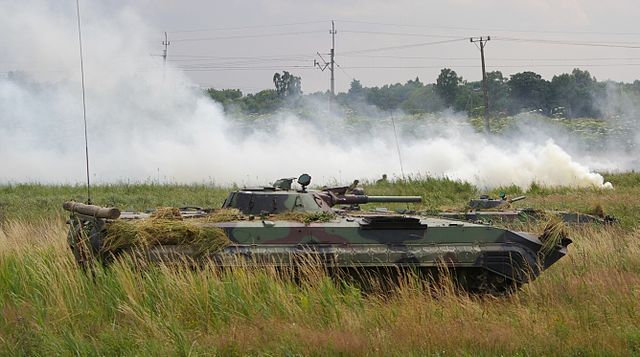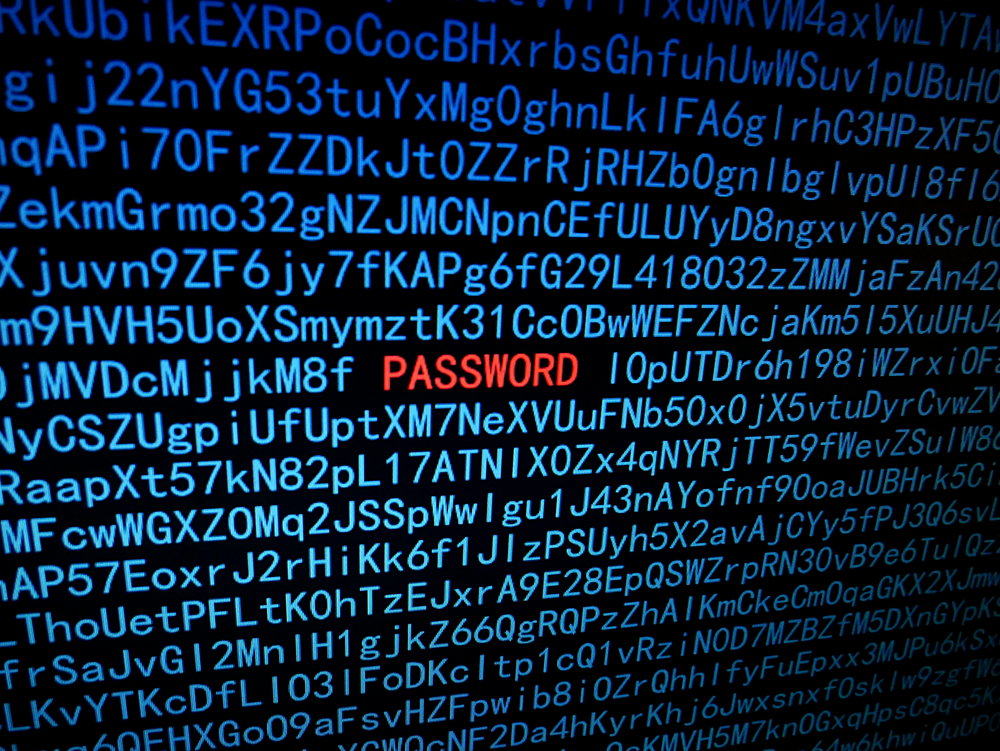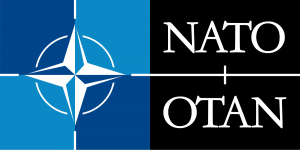An extract from my latest article at CyberWire – read the full article at CyberWire.
—
When Russia’s strategic calculus would dictate major cyber attacks.
Russia will use advanced strategic cyber at well-defined critical junctures. For example, as a conflict in Europe unfolded and dragged in NATO, Russian forces would seek to delay the entry of major US forces through cyber attacks against railways, ports, and electric facilities along the route to the port of embarkation. If US forces can be delayed by one week, that is one week of a prolonged time window in Europe before the main US force arrived, and would enable the submarines of the Northern Fleet to be positioned in the Atlantic. Strategic cyber support strategic intent and actions.
All cyber-attacks are not the same, and just because an attack originates from Russia doesn’t mean it is directed by strategic intent.
Naturally, the Russian regime would allow cyber vandalism and cybercrime against the West to run rampant because these are ways of striking the adversary. But these low-end activities do not represent the Russian military complex’s cyber capabilities, nor do they reflect the Russian leadership’s strategic intent.
The recent cyberattacks in Ukraine have been unsophisticated and have had close to no strategic impact. The distributed denial-of-service (DDoS) cyber-attacks are low-end efforts, a nuisance that most corporations already have systems to mitigate. Such DDoS attacks will not bring down a country or force it to submit to foreign will. Such low-end attacks don’t represent advanced offensive cyber weapons: the DDoS attacks are limited impact cyber vandalism. Advanced offensive cyber weapons destroy, degrade, and disrupt systems, eradicate trust and pollute data integrity. DDoS and website defacements are not even close to this in their effects. By making DDoS attacks, whether it’s the state that carried them out or a group of college students in support of Kremlin policy, Russia has not shown the extent of its offensive cyber capability.
The invasion of Ukraine is not the major peer-to-peer conflict that is the central Russian concern. The Russians have tailored their advanced cyber capabilities to directly impact a more significant geopolitical conflict, one with NATO or China. Creating a national offensive cyber force is a decades-long investment in training, toolmaking, reconnaissance of possible avenues of approach, and detection of vulnerabilities. If Russia showcased its full range of advanced offensive cyber capabilities against Ukraine, the Russian tactics, techniques, and procedures (TTP) would be compromised. NATO and other neighboring nations, including China and Iran, would know the extent of Russian capabilities and have effective insight into Russia’s modus operandi.
From a Russian point of view, if a potential adversary understood Russian offensive cyber operations’ tactics, techniques, and procedures, strategic surprise would evaporate, and the Russian cyber force would lose the initiative in a more strategically significant future conflict.
Understanding the Russian point of view is essential, because it is the Russians who conduct their offensive actions. This might sound like stating the obvious, but currently, the prevailing conventional wisdom is a Western think-tank-driven context, which in my opinion, is inaccurate. There is nothing for the Russians to strategically gain by unleashing their full advanced cyber arsenal against Ukraine or NATO at this juncture. In an open conflict between Russia and NATO the Russian calculation would be different and justify use of advanced cyber capabilities.
End of abstract – read the full article at CyberWire.












